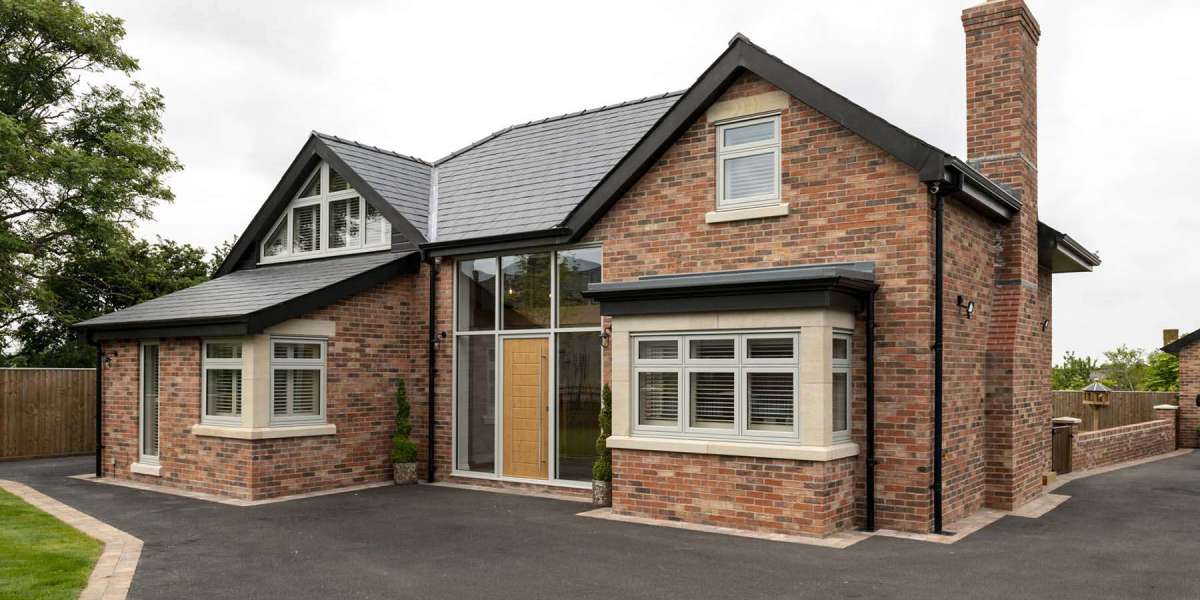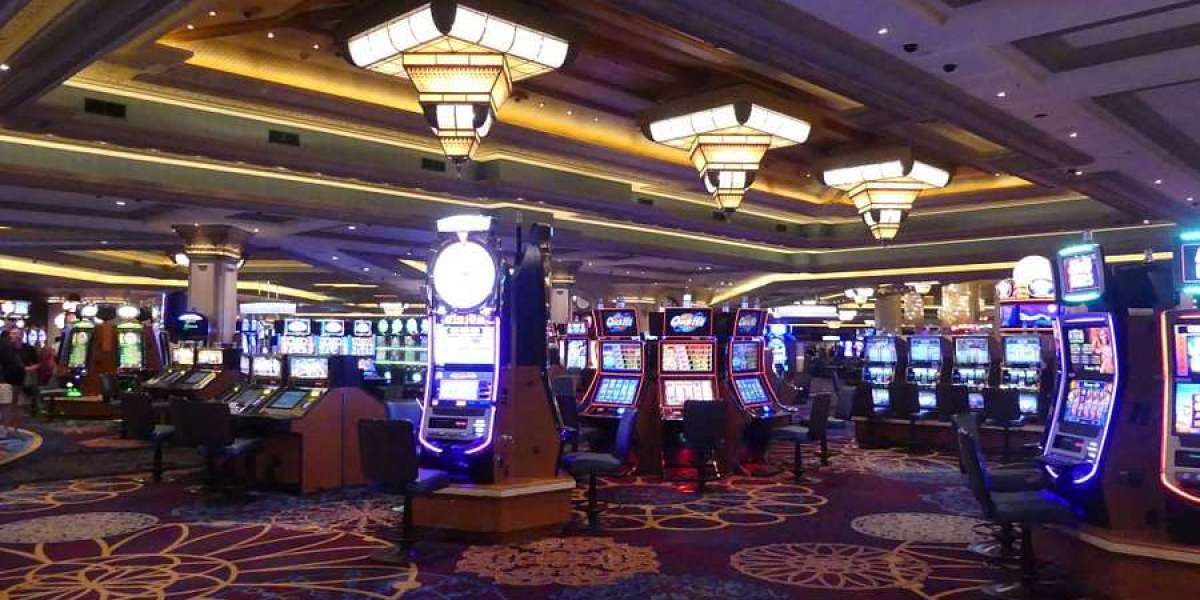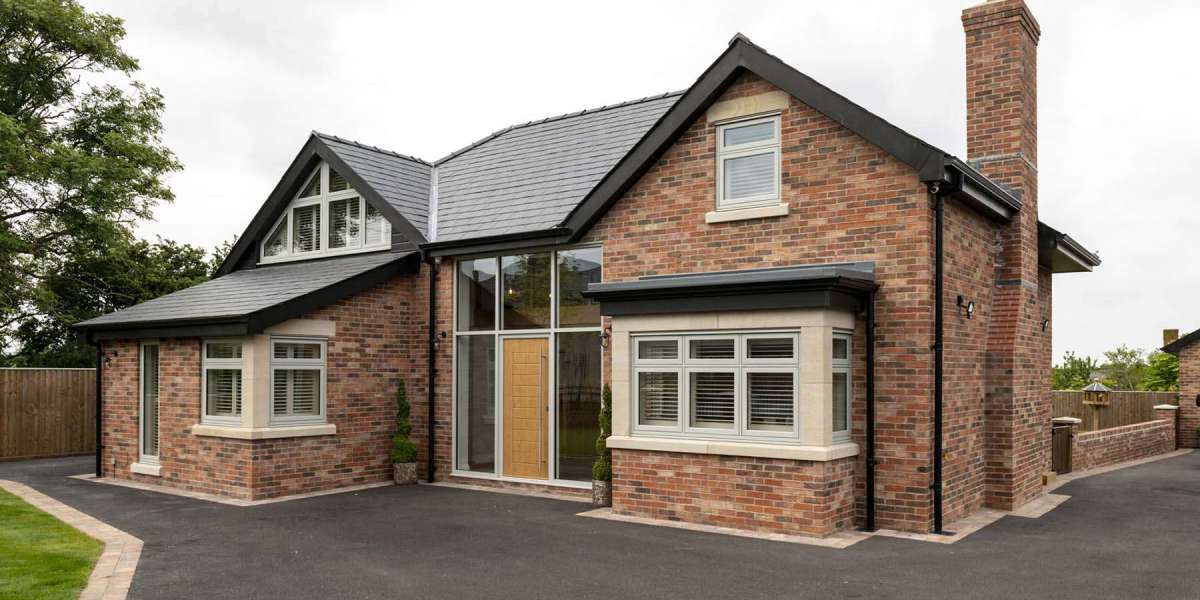Multifamily renovation projects offer immense potential for property owners and investors to increase the value of their assets, improve tenant satisfaction, and boost rental income. However, these projects also come with their own unique set of challenges. From unexpected costs and compliance issues to logistical setbacks and miscommunication, a renovation can quickly go off track if not carefully managed.
1. Inadequate Planning and Budgeting
One of the most frequent and costly mistakes in multifamily renovation is jumping into a project without a detailed, realistic plan and budget. Many property owners underestimate the scope of work or fail to account for hidden costs such as building code upgrades, material price fluctuations, and labor shortages.
How to Avoid It:
Conduct a thorough property assessment: Identify structural issues, plumbing and electrical needs, HVAC conditions, and potential hazards.
Develop a phased renovation plan: Prioritize essential updates and break the project into manageable phases.
Create a contingency fund: Allocate 10-20% of your total budget for unforeseen expenses.
Consult with experts: Work with architects, contractors, and designers who specialize in multifamily renovation to create a realistic budget and timeline.
2. Lack of Communication Among Stakeholders
A successful renovation involves coordination between various stakeholders—property managers, investors, tenants, contractors, and inspectors. Poor communication can lead to misaligned expectations, costly delays, and quality issues.
How to Avoid It:
Designate a project manager: Assign someone to oversee the renovation and serve as the main point of contact.
Hold regular meetings: Weekly or bi-weekly check-ins can keep everyone aligned on progress, changes, and responsibilities.
Use project management tools: Platforms like Trello, Asana, or Buildertrend can help track progress, share updates, and manage documentation.
3. Overlooking Regulatory Compliance
Multifamily renovation projects must comply with a range of local, state, and federal regulations, including zoning laws, ADA requirements, building codes, fire safety standards, and lead/asbestos abatement rules. Failing to comply can result in hefty fines, delays, or even a complete shutdown of the project.
How to Avoid It:
Research all regulatory requirements before the project begins.
Hire professionals familiar with local codes to ensure designs and construction meet legal standards.
Secure necessary permits in advance and schedule inspections as required.
Ensure ADA compliance: If common areas or units are being remodeled, make sure they are accessible.
4. Renovating Without Tenant Consideration
In occupied properties, ignoring tenant needs and communication can result in disputes, lease terminations, and reputational damage. Noise, dust, limited access, and loss of amenities can significantly affect tenant satisfaction.
How to Avoid It:
Notify tenants well in advance of planned renovations, timelines, and expected disruptions.
Offer temporary accommodations or rent discounts during major renovations.
Schedule work during business hours to minimize inconvenience.
Keep common areas clean and accessible as much as possible.
5. Choosing the Wrong Contractor
Hiring an inexperienced or unlicensed contractor can derail your project, increase costs, and compromise quality. In multifamily renovation, specialized knowledge is essential—contractors must be able to handle large-scale projects, coordinate crews, and manage tight timelines.
How to Avoid It:
Vet contractors thoroughly: Check references, licenses, insurance, and past multifamily renovation projects.
Request detailed bids: Compare pricing, timelines, and scope of work from multiple contractors.
Use written contracts: Define responsibilities, payment terms, deadlines, and penalties for delays or subpar work.
6. Poor Quality Materials and Finishes
Cutting corners on materials to save money can lead to higher maintenance costs, more frequent repairs, and tenant dissatisfaction. While it may seem economical in the short term, poor quality finishes often don’t hold up under daily wear and tear.
How to Avoid It:
Choose durable, cost-effective materials suited for high-traffic, high-use environments.
Balance aesthetics and performance: Modern, attractive finishes that are easy to clean and maintain will appeal to tenants and protect your investment.
Standardize materials where possible: This can simplify future maintenance and repairs.
7. Ignoring Energy Efficiency and Sustainability
Overlooking opportunities to improve energy efficiency during renovation can lead to higher operating costs and missed long-term savings. Today’s tenants increasingly prefer eco-friendly living spaces, and green upgrades can boost your property’s marketability.
How to Avoid It:
Upgrade insulation, windows, and HVAC systems for better energy performance.
Install energy-efficient lighting and appliances in all units and common areas.
Apply for green building certifications or rebates where available.
8. Neglecting Common Areas and Amenities
While in-unit renovations are crucial, common areas and shared amenities are often the first things potential renters see. Skipping these upgrades can make your property less competitive.
How to Avoid It:
Renovate lobbies, hallways, fitness centers, and laundry rooms to create a cohesive look and enhance the tenant experience.
Upgrade security features like lighting, gates, and surveillance systems to attract safety-conscious renters.
Add modern amenities such as co-working spaces, outdoor seating, or smart parcel lockers.
9. Unrealistic Project Timelines
Trying to complete a complex multifamily renovation in an overly aggressive timeframe can lead to rushed work, poor quality, and burnout among your crew. It also risks extending tenant disruption or causing vacancies.
How to Avoid It:
Create a detailed renovation schedule that factors in lead times, permit approvals, and weather delays.
Break the project into stages: Renovate one building or floor at a time to minimize tenant impact and improve efficiency.
Build in buffer time to accommodate unexpected setbacks.
10. Failing to Consider Market Trends
Renovating based solely on personal preference or outdated standards can lead to missed opportunities. Tenant preferences evolve, and designs that were appealing five years ago may no longer meet expectations.
How to Avoid It:
Research current market trends: Open-concept layouts, in-unit laundry, modern fixtures, and smart home features are in high demand.
Survey your tenants or look at comparable properties in the area for inspiration.
Work with designers familiar with multifamily renovation to ensure your upgrades align with what renters are looking for.
11. Underestimating the Importance of Staging and Marketing
After renovations are complete, some property owners expect units to lease themselves. But today’s renters have more options than ever, and simply having a newly renovated unit isn’t enough.
How to Avoid It:
Stage model units with furniture and decor to help prospects envision themselves living there.
Invest in professional photography and virtual tours for online listings.
Update your website, social media, and listings to highlight renovation work and new amenities.
12. Skipping Final Inspections and Quality Checks
Even well-managed projects can suffer from overlooked details if final quality assurance isn’t taken seriously. From crooked cabinetry to non-functioning appliances, these flaws can impact tenant satisfaction and increase turnover.
How to Avoid It:
Conduct a walkthrough with your contractor before signing off on any work.
Create a punch list of final fixes and ensure they are completed promptly.
Have units professionally cleaned before re-leasing.
Conclusion
Multifamily renovation projects hold great promise—but only when executed with precision, foresight, and collaboration. From budget planning and regulatory compliance to material selection and tenant communication, every detail matters.
By learning from the common pitfalls above and proactively addressing them, you can ensure your multifamily renovation project not only stays on track but also delivers a strong return on investment. A well-executed renovation enhances tenant experience, boosts property value, and secures long-term revenue growth.
Whether you're a seasoned investor or managing your first property upgrade, remember: the key to a successful multifamily renovation lies in thoughtful planning, expert execution, and a tenant-focused mindset.








